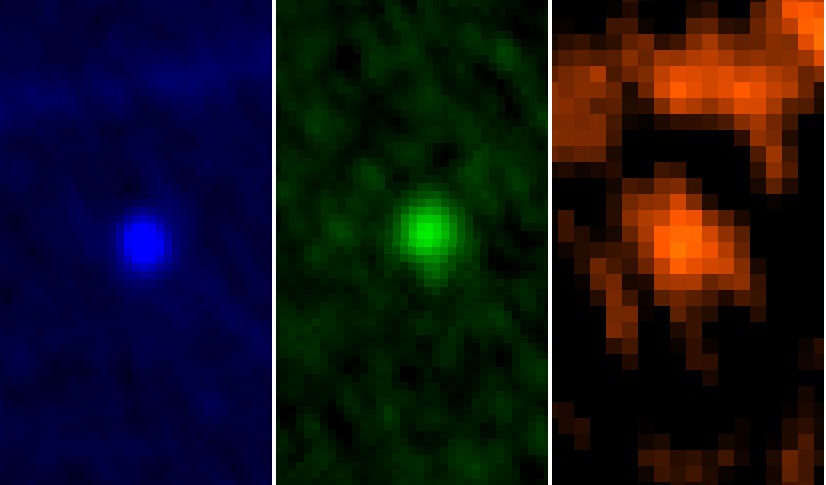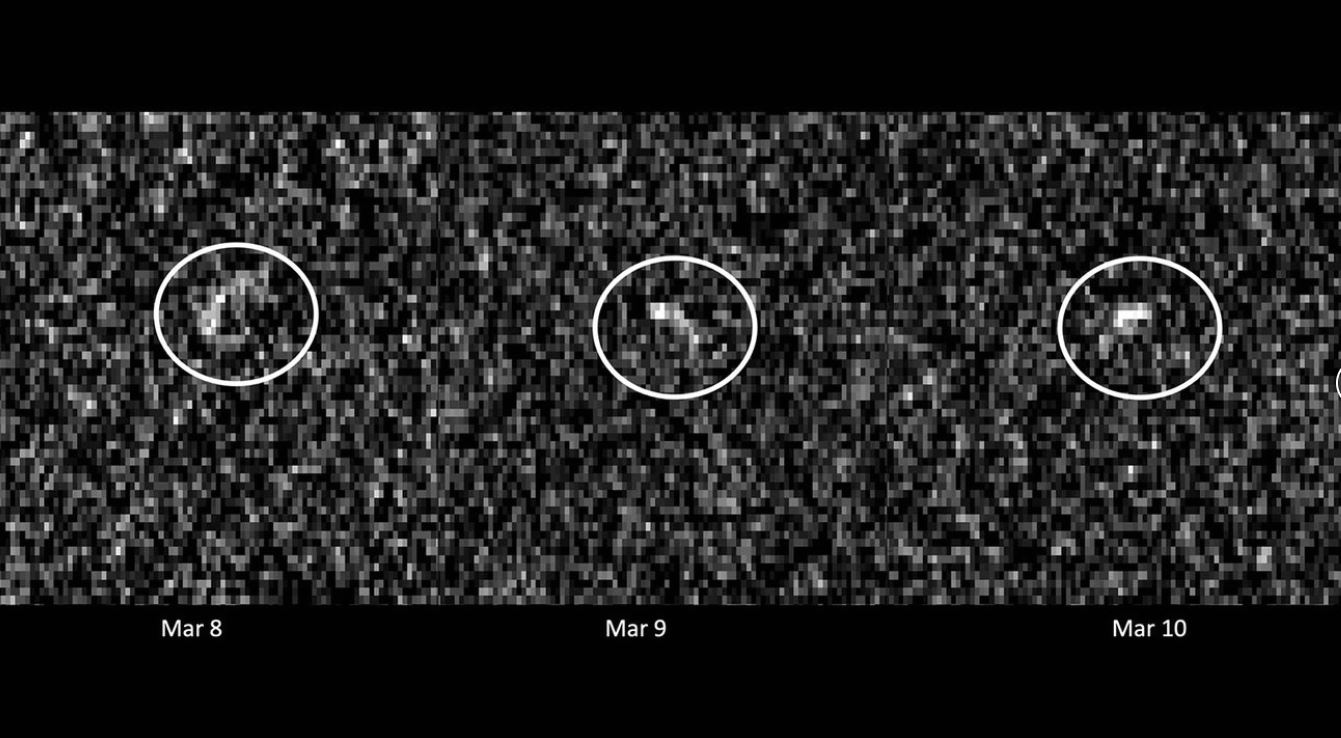If you’re looking for doomsday, you can forget about asteroid Apophis. The latest radar observations have effectively ruled out any possibility of this near-Earth object (NEO) hitting Earth for the foreseeable future.
Apophis (99942 Apophis) was thought to pose a slight risk of impacting Earth in 2068, but the latest observations have refined the estimate of its orbit with extreme precision, enabling astronomers to confidently rule out any impact risk in 2068 and long after.
Discovered in 2004, Apophis garnered all sorts of attention when initial calculations of its orbit indicated a 2.7 percent possibility of an Earth impact during a close flyby in 2029 – which was later ruled out. Data discovered during a search of old astronomical images provided additional orbit determination to rule out the 2029 impact scenario. Then, a remote possibility of an impact was considered for 2036, but observations in 2013 ruled that out as well.

Apophis is approximately 340 meters (1,100 feet) wide, with a mass of about 60 million tons. An impact at the expected velocity of 12.6km/sec would have energies of 1,200 megatons. This would evaporate a city and flatten thousands of square kilometers, and cause damage across the entire planet. If it hit an ocean, tsunamis would wreak havoc.
“A 2068 impact is not in the realm of possibility anymore, and our calculations don’t show any impact risk for at least the next 100 years,” said Davide Farnocchia of NASA’s Center for Near-Earth Object Studies (CNEOS), which is managed by the Jet Propulsion Laboratory. “With the support of recent optical observations and additional radar observations, the uncertainty in Apophis’ orbit has collapsed from hundreds of kilometers to just a handful of kilometers when projected to 2029. This greatly improved knowledge of its position in 2029 provides more certainty of its future motion, so we can now remove Apophis from the risk list.”
The “risk list” is the Sentry Impact Risk Table, which keeps tabs on the few asteroids whose orbits take them close enough to Earth that an impact can’t be ruled out. With observations earlier this month, Apophis has been removed.
This animation depicts the orbital trajectory of asteroid 99942 Apophis as it zooms safely past Earth on April 13, 2029. Earth’s gravity will slightly deflect the asteroid’s trajectory as it comes within 20,000 miles (32,000 kilometers) of our planet’s surface. The motion has been speeded up 2,000 times. Credit: NASA/JPL-Caltech
Observations of asteroid Apophis were made in early March 2021 by radio antennas at the Deep Space Network’s Goldstone complex in California and the Green Bank Telescope in West Virginia. At the time of the observations, the asteroid was 10.6 million miles (17 million kilometers) away. Goldstone was transmitting while Green Bank was receiving – a “bistatic” experiment that doubled the strength of the received signal.
Each pixel has a resolution of 127 feet (38.75 meters), and although the radar imagery of Apophis appears pixelated, the images have a resolution of 38.75 meters (127 feet) per pixel. Even though the image appears pixelated, astronomers are very happy with the resolution.
“[This] is a remarkable resolution,” said JPL scientist Marina Brozovic, who led the radar campaign, “considering the asteroid was 17 million kilometers away, or about 44 times the Earth-Moon distance,” If we had binoculars as powerful as this radar, we would be able to sit in Los Angeles and read a dinner menu at a restaurant in New York.”
Read more about Apophis and other asteroid observations on the CNEOS website.
Source: JPL


I would like to believe that by the time Apophis poses ANY serious threat to Earth, we would have a spacefaring infrastructure working well enough to deflect it with a gravitational tractor.